The Flying Tigers Historical Organization In The Media (Local & International):.
Captain Moon Fun Chin becomes Honorary FTHO Board Member
Board Members of the Flying Tiger Historical Organization were honored to meet Capt. Moon Fun Chin at his residence on September 9, 2011, to formally invite him to be an Honorary Board Member. Capt. Moon Fun Chin accepted that position and we are proud to have him as an Honorary Board Member of the Flying Tiger Historical Organization.

© Flying Tiger Historical Organization. Optimized for a screen resolution of 1024x768, using IE7+
501 (c) 3 OrganizationTax ID 26-1492466

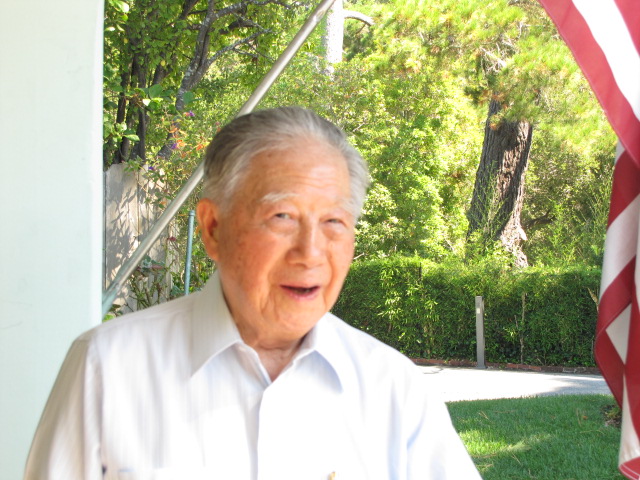
Captain Moon Fun Chin
FTHO Board members: Larry Jobe, Michael Bianco, Captain Moon Fun Chin, Major General Whitehead
and KC Ma
Major General Whitehead, Capt. Moon Fun Chin, KC Ma and Michael Bianco with plaque presented to Capt. Moon Fun Chin
A Brief Biography of Captain Moon Fun Chin
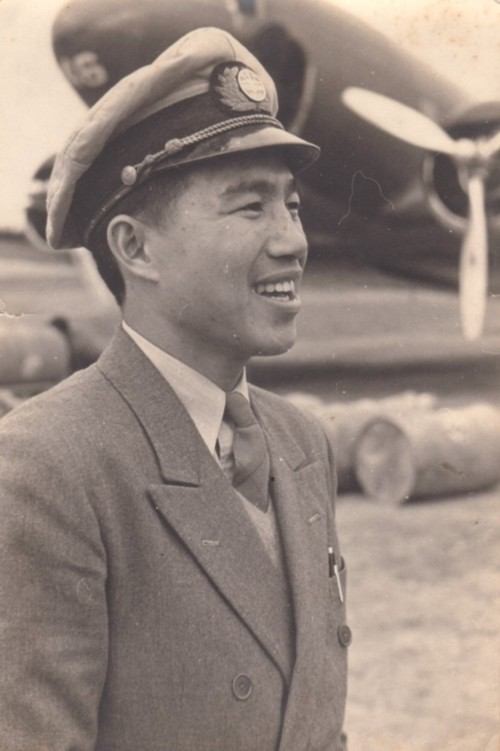
Moon Fun Chin (Chén Wénkuān, 陈文宽) was born in 1913, Zhongshan, Guangdong province in China. His father who was an American citizen of Chinese descent, took the young Moon to Seattle, Washington in USA. Moon’s family moved to Baltimore where he later completed his high school education. At a young age, Moon had already exhibited a keen interest in aviation. Soon after completing his high school education, he decided to enroll in Curtiss Wright Flying School and graduated with a Commercial Pilot Licence.
As good luck would have it, Curtiss Wright had a joint venture with the then China’s Nationalist government to operate a major airline in China. Moon’s uncle had a friend whose name was William Langhorne Bond. In 1931, Bond was the Operations Manager for the China National Aviation Corporation (CNAC), a joint venture airline operated by Curtiss Wright and the Chinese Nationalist government. However, Pan-Am took over from Curtiss Wright In 1933.
Upon hearing that CNAC intended to expand its operations in 1933, Moon’s uncle coaxed his young, energetic nephew to come to China to meet with Bond.
Bond decided to hire Moon for CNAC. However, Moon commenced work in CNAC not as an aviation pilot, but as an aviation mechanic due to his prior work experience before joining CNAC. Two weeks later, Moon was finally given the opportunity to be a co-pilot of an aircraft on a Shanghai-Beijing route. While on the ground, he still multi-tasked as a mechanic. In 1936, Moon was promoted to “captain”. As a captain, he flew on a “Stinson” which was based in Chengdu. Everyday, he flew on the Chengdu – Chongqing route. En route to Chongqing, he picked up tourists who visited the Yangtze River and other passengers who wished to continue on their journey to Chengdu. He flew transport missions that included flights over the Himalayas. From time to time, Moon would fly to Rangoon (Burma) and Hanoi (Vietnam) when needed.
Moon was only 20 years old when he began his flying career as a co-pilot in the Loening. The Loening Seaplane was one of the first of the "shoehorn-float" civilian aircraft that could land and float on sea water.
By the time Moon became a captain, he flew on several other types of aircrafts, such as the Stinson, Douglas Dolphin, Sikorsky S-38, DC-2 and also the DC-3.
Moon Fun Chin, cira 1935
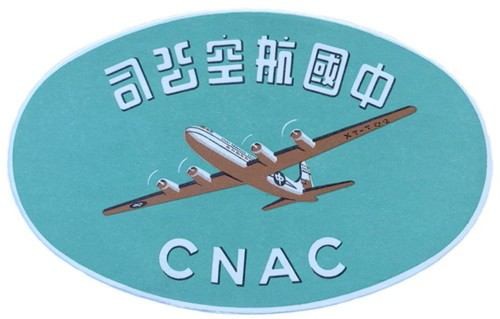
The CNAC was later taken over by the Chinese Nationalist Air Force and in collaboration with the US Air Force during the ensuing second world war years. During the World War II (1939 to 1945), even though Moon was only a civilian aviation pilot, he volunteered actively in frequent military rescue missions and subsequently secured the lives of many US military personnel. Among those military personnel he daringly rescued, was Lt Col James Dolittle who led the USAF squadron in the bombing of Tokyo following the attack on Pearl Harbour in 1942. He rescued Dolittle and transported him from Kuming to Myitkyina, a city in northern Burma. Moon also ferried in his aircraft many American navy personnel to and fro the Gobi Desert where the American Navy had a weather station.
Likewise, he was involved in rescue missions to evacuate civilians from distress regions to safety. In one particular incident, at Myitkyina, after loading 80 passengers on his aircraft, Moon flew non stop to Calcutta with Dolittle on board as well!
His most extraordinary heroic act of rescue occurred during the post war year of 1954, when he was already the “Chairman of the Board” for Foshing Airlines, when a US Air Force C-119 crew bailed out over the stormy sea between Taiwan and Guam. There were already two USAF amphibious aircrafts on location but the pilots and crew were reluctant to risk their own lives to execute a rescue operation. Subsequently, Chairman Chin upon hearing the news of the distress situation, personally took upon himself the risk and flew a PBY Catalina “flying boat”; located the distressed crew, landed in the turbulent water, and rescued all of the six personnel. Consequent, in recognition of his heroic acts and meritorious achievements during the Second World War and the post war rescue efforts, he was duly decorated by the US government:
- The Distinguished Flying Cross: A military medal awarded for his "heroism or extraordinary achievement”, in aerial flight.
- Asiatic Pacific Campaign Medal (Silver Star): A military service decoration or his participation and contributions to Americans’ Asia Pacific campaign during the World War II.
- The Air Medal: A military decoration for serving with the USAF, in distinguishing himself with heroic or meritorious achievements in aerial flight.
- The Presidential Unit Citation: Granted to him as being part of the militaryunit that performed an extremely meritorious or heroic act, usually in the face of an armed enemy.
Harboring in mind that Captain Chin was never ever been a military personnel, yet because of his heroic and meritorious service for the US Military, he was duly recognized and awarded these four medals by the American government. Moon Fun Chin became one of the most decorated civilian pilot by the US military. Soon after the war, in 1946, he left CNAC to work for China’s Central Aviation Transport Corporation (CATC) as head of operations. As the head of operations, he initiated the purchase of new aircrafts, recruited and trained pilots and other flight crew. Moreover, he oversaw operations in mainland China when CATC became part of the Civil Air Transport (CAT) of Taiwan in 1947.
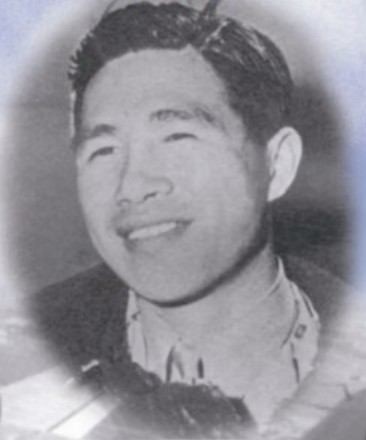
Moon Fun Chin as a young civilian pilot
Below (left): The Distinguished Flying Cross a military medal awarded for "heroism or extraordinary achievement”, in aerial flight.
Below (right): The Air Medal is a military decoration for a person who, while serving in any capacity in or with the USAF, distinguished himself by heroic or meritorious achievement in aerial flight.
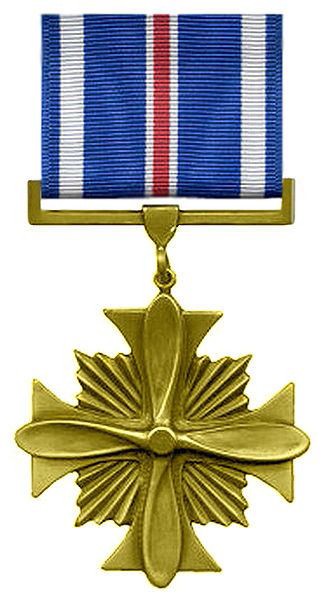
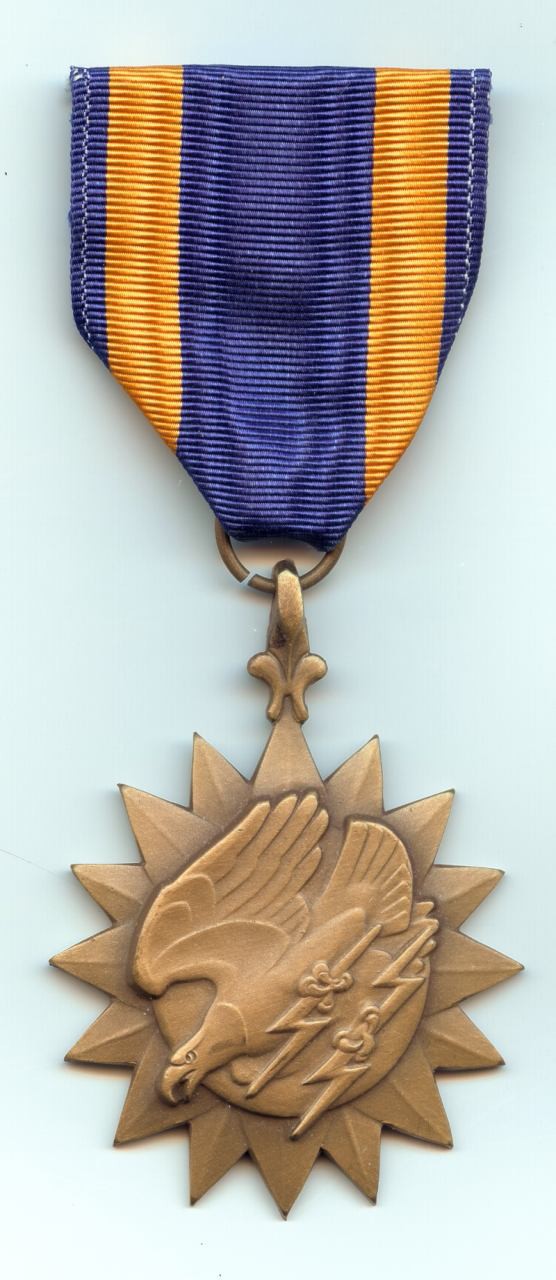
The 96-year old, Captain Moon Fun Chin, one of most decorated civilian aircraft pilot of WWII and the post war era
Eventually, due to his vast experience in civil aviation, Captain Chin started his own airline called, “Foshing Airline” in 1951 with aviation services from Taipei to Taitung in Taiwan. In 1992, Foshing Airline changed its name to TransAsia Airways. Its Airbus A320 jets had flights around Taiwan. Many years later, Captain Moon Fun Chin retired as Chairman of the airline company he founded and returned to the USA where he is still an American citizen.

The return of Flying Tigers to China always generates a lot of interest from the print and TV media.
These papers are from Wuhan and Guilin. TV cameras also recorded the events and made the nightly news. The Chinese go out of their way to express their gratitude to these returning men. Our project to restore the Cave in Guilin has captured the Chinese imaginations and full support. Bud Haigler looking between the ancient bells (Image below, left) uncovered only a few years ago in Wuhan. There are about 20 bells in the set, they were cast over 3000 years ago, and the music they produce is exquisite. Many of our tourist said that had they seen and heard nothing else in China the bells would have been worth the trip. These news paper articles have been graciously translated by Mrs. LiWei Huang and her daughter. LiWei was raised in Guilin and now resides their part time. I have taken LiWei's translation and condensed it. Roughly translated the articles say- "400 friends and two old Tigers came to this city looking to fulfill a dream. The dream is for the Americans and the Chinese people to jointly build a memorial to our long friendships cemented during this terrible time. Our friends, the Fei Hu (Flying Tigers), fought to keep Japans' bombs from raining down on our cities; to keep the enemy away and in retreat. We wish to remember and honor them and help make this dream come true. It was a magnificent accomplishment... we shall not forget how many lost their lives in this effort."

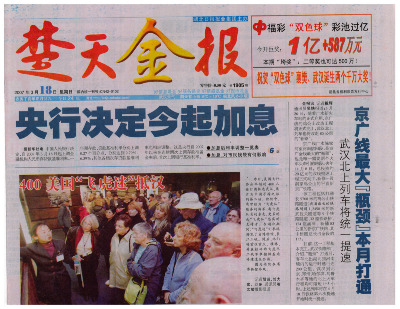
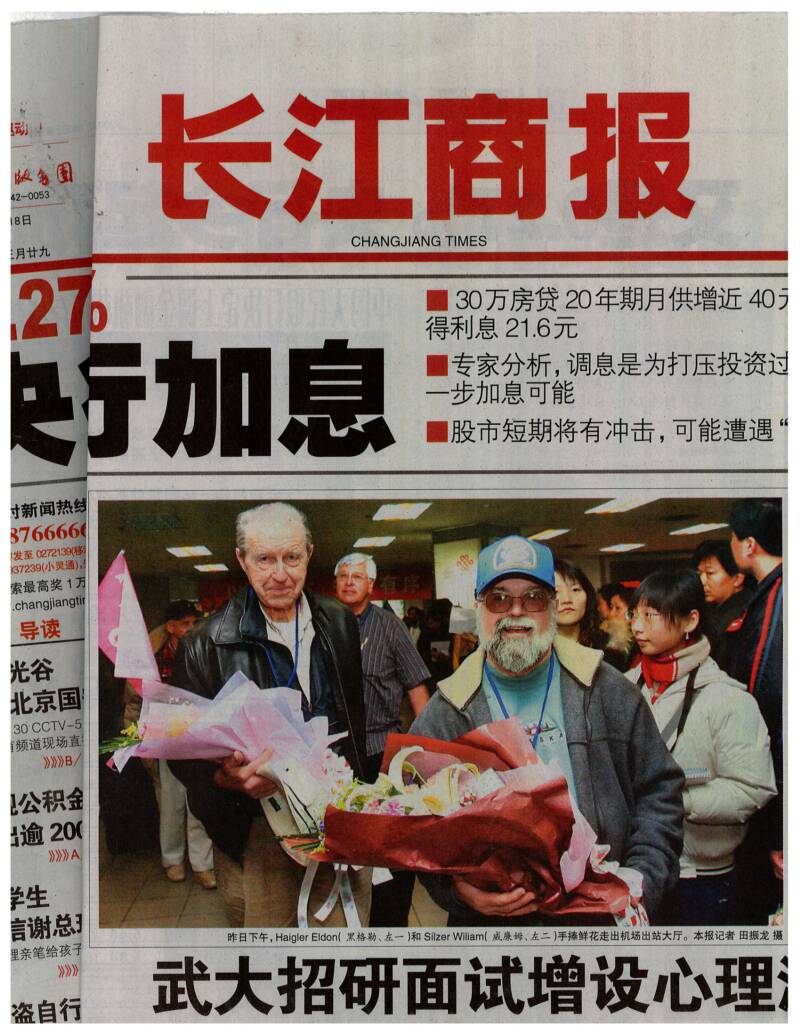
City of Wuhan greets Eldon Haigler and William Slizer, son of WWII Flying Tiger Warren Silzer.
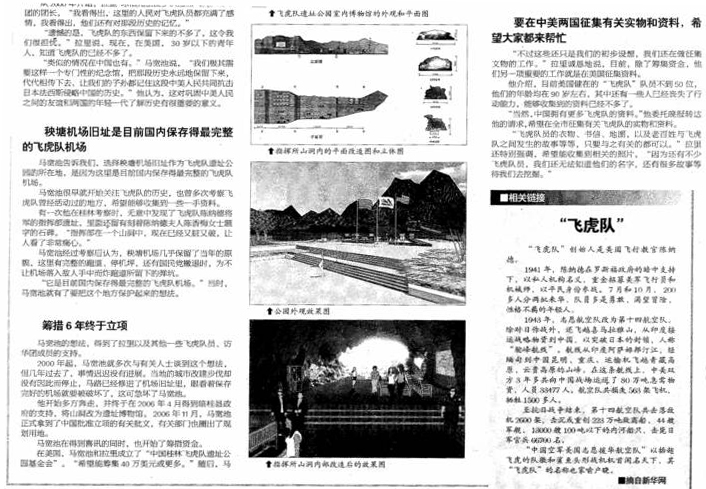
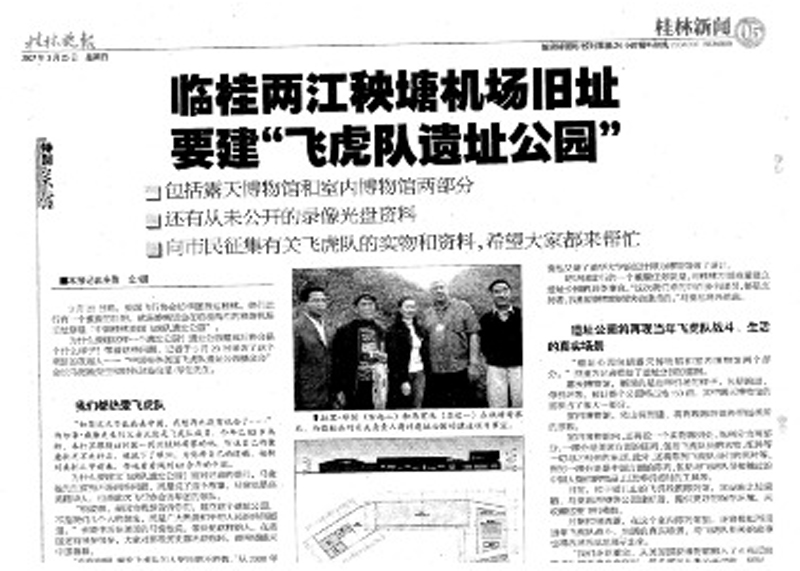
More on the visitors to Wuhan and the Flying Tiger project. This shot is taken in front of the Yellow Crane Pagoda, a historical site in Wuhan.
These papers are from Guilin. A whole page is devoted to reporting on the plans for the Flying Tigers Heritage Park. Again, roughly translated- Guest tour cave at old WWII Lingue airport (Yang Tang). This is a famous site for American tourist who remember their country's aid to China during the dark days of the war. From here American bombers and fighters directed their fire at Japanese aggressors. The Chinese Air Force also used this facility, built with the toil of 90,000 Chinese citizens, from marsh lands. A group of Americans, led by Mr. Larry Jobe will contribute the initial investment of $400,000.00 USD toward the establishment of a permanent memorial site and preservation of the mountainside cave. Local businessmen and other investors state they will provide the remaining funds (1.5 million) to develop a museum as seen below; exterior gardens and displays, restoration of the cave itself. The Chinese people will begin construction of this vital and long-needed memorial to a time when Guilin sought protection from the enemy thru the magnificent deployment of America's air forces from this site.
[ next page ]

















